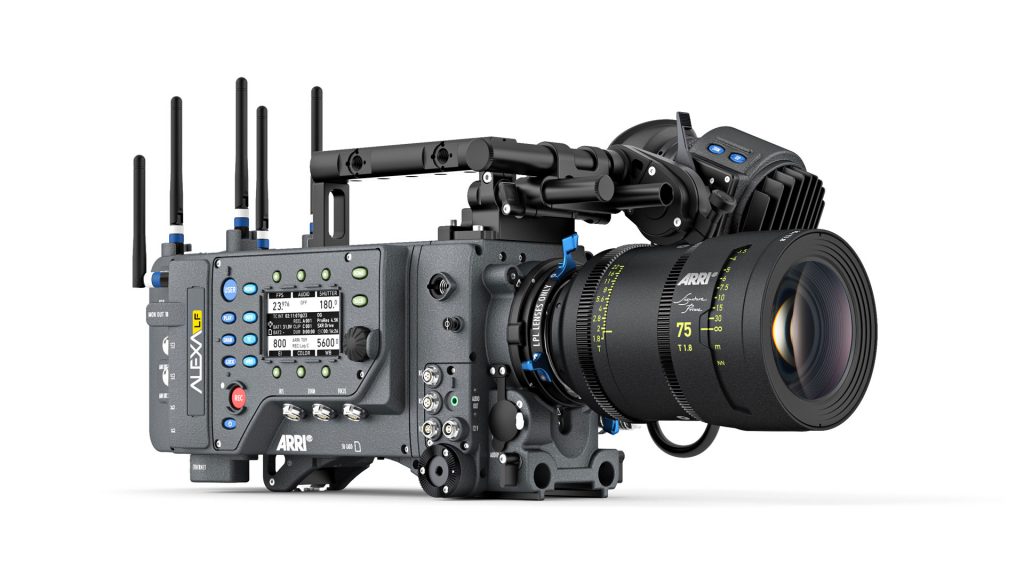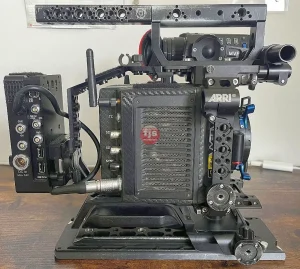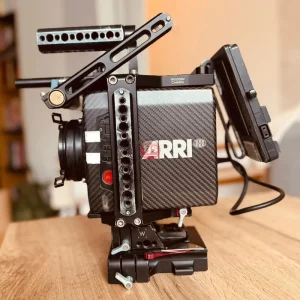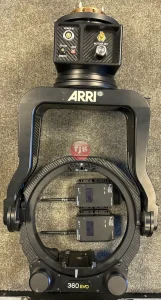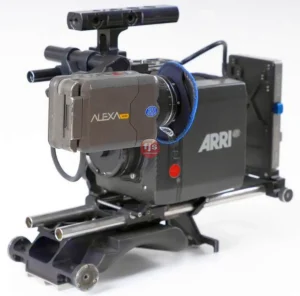Choosing between prime and zoom lenses impacts your photography. Discover their distinct features, benefits, and how to pick the right one for your style.
Understanding the Core Difference: Fixed vs. Variable Focal Lengths
At the heart of every camera lens is its focal length, which determines its angle of view and magnification. When it comes to the vast world of lenses, two primary categories dominate the conversation: prime lenses and zoom lenses. While both serve the fundamental purpose of capturing light and projecting an image onto your camera’s sensor, they do so with fundamentally different design philosophies and offer distinct creative and practical advantages. Understanding this core difference is crucial for any photographer or videographer looking to build their kit effectively and make informed decisions about their gear.
Let’s delve into the specifics of each type:
Prime Lenses: Fixed Focal Length, Unwavering Quality
A prime lens is characterized by its fixed focal length, meaning it cannot zoom in or out. If you want to change your framing, you have to “zoom with your feet” – physically move closer to or further away from your subject. This simplicity in design leads to several key characteristics:
- Key Features of Prime Lenses:
- Fixed Focal Length: Always one specific millimeter (e.g., 50mm, 35mm, 85mm).
- Wider Maximum Aperture (Faster Lenses): Primes typically offer much wider maximum apertures (e.g., f/1.4, f/1.8, f/2.0) compared to zooms. This allows more light to enter the lens, making them “faster.”
- Simpler Optical Design: Fewer glass elements are needed because the focal length is fixed, reducing complexity.
- Compact and Lighter (Often): Due to fewer elements, primes can often be smaller and lighter than zoom lenses covering similar focal lengths.
- Usually No Image Stabilization (OIS): Many primes, especially older ones, lack built-in optical image stabilization.
- Less Versatile in Framing: Requires physical movement to change composition.
- Benefits of Prime Lenses:
- Superior Image Quality: With fewer elements, primes often exhibit sharper images, better contrast, and less distortion, chromatic aberration, and vignetting, especially wide open. The simpler design minimizes optical compromises.
- Excellent Low-Light Performance: The wide maximum aperture allows for shooting in dim conditions without needing to drastically increase ISO, resulting in cleaner images with less noise.
- Beautiful Background Blur (Bokeh): Wider apertures create a shallower depth of field, leading to wonderfully soft, creamy background blur, which is highly sought after for portraits and isolating subjects.
- Often More Affordable (at certain focal lengths/apertures): While professional-grade primes can be expensive, many entry-level primes (e.g., a “nifty fifty” 50mm f/1.8) offer incredible value for their optical performance.
- Encourages Better Composition: The fixed focal length forces photographers to think more critically about their position and framing, often leading to stronger, more deliberate compositions.
- Compact Size: Ideal for travel, street photography, or when you want to keep your gear light and discreet.
Zoom Lenses: Variable Focal Length, Unparalleled Flexibility
A zoom lens, conversely, allows you to change its focal length by rotating a ring on the lens barrel, effectively “zooming in” or “zooming out” without moving your physical position. This flexibility comes with its own set of characteristics:
- Key Features of Zoom Lenses:
- Variable Focal Length: Covers a range of millimeters (e.g., 24-70mm, 70-200mm, 18-55mm).
- Narrower Maximum Aperture: Typically have smaller maximum apertures (e.g., f/2.8-f/4, f/3.5-f/5.6), sometimes variable across the zoom range.
- Complex Optical Design: Requires more glass elements to maintain focus and image quality across the zoom range.
- Heavier and Larger (Often): The increased number of elements and mechanics make zooms generally bulkier and heavier than primes.
- Often Includes Image Stabilization (OIS): Many modern zoom lenses incorporate optical image stabilization, especially longer telephoto zooms.
- Highly Versatile in Framing: Allows for quick changes in composition without physical movement.
- Benefits of Zoom Lenses:
- Exceptional Versatility and Convenience: A single zoom lens can replace multiple prime lenses, making it ideal for travel, events, or situations where you can’t easily move your position.
- Speed of Framing: Crucial for fast-paced environments like sports, wildlife, or photojournalism, where moments happen quickly.
- Reduced Lens Changes: Minimizes the need to swap lenses, which can save time, reduce the risk of dust on your sensor, and be beneficial in adverse weather conditions.
- Good All-Around Performers: While often not as optically perfect as the best primes, modern high-quality zooms offer excellent image quality across their range.
- Image Stabilization: Often comes built-in, which is highly beneficial for handheld shooting, especially at longer focal lengths or in lower light.
Conclusion: Choosing the Right Lens for Your Needs
Neither prime nor zoom lenses are inherently “better” than the other; they are tools designed for different purposes and preferences.
- Choose a Prime Lens if: You prioritize ultimate image quality, low-light performance, beautiful bokeh, compact size, and are willing to “zoom with your feet” to craft your compositions. They are excellent for portraits, street photography, astrophotography, and artistic work.
- Choose a Zoom Lens if: You prioritize versatility, convenience, speed of framing, and the ability to adapt quickly to different shooting scenarios without changing lenses. They are indispensable for events, travel, sports, wildlife, and documentary work.
Many photographers build their kits with a combination of both, leveraging the strengths of each. A versatile zoom (like a 24-70mm f/2.8) for general use, complemented by a fast prime (like a 50mm f/1.8) for low light and beautiful portraits, is a common and highly effective strategy. Ultimately, the “best” lens is the one that helps you achieve your creative vision and fits your shooting style.
Questions and Answers
Q1: Can a zoom lens be as sharp as a prime lens?
A1: While top-tier professional zoom lenses (e.g., f/2.8 constant aperture zooms) can be incredibly sharp, a prime lens of equivalent quality will often still have a slight edge in sharpness, contrast, and aberration control, especially when shooting wide open. This is due to their simpler optical design.
Q2: Are prime lenses only for professional photographers?
A2: Absolutely not! Many affordable prime lenses, like the 50mm f/1.8 (often called a “nifty fifty”), are excellent entry points for beginners to experience wider apertures, better low-light performance, and learn about composition.
Q3: Does a zoom lens’s aperture change?
A3: Some zoom lenses have a variable maximum aperture (e.g., f/3.5-5.6), meaning the widest aperture available changes as you zoom. Others have a constant maximum aperture (e.g., f/2.8), maintaining the same widest aperture throughout the entire zoom range. Constant aperture zooms are typically more expensive and higher quality.
Q4: What does “fast” mean in terms of lenses?
A4: “Fast” refers to a lens with a wide maximum aperture (e.g., f/1.4, f/2.8). A wider aperture allows more light to enter the camera, meaning you can use faster shutter speeds in low light or achieve a shallower depth of field.
Q5: Should I buy a prime or a zoom lens first?
A5: For beginners, a versatile kit zoom lens (like an 18-55mm) that often comes with your camera is a good starting point to explore different focal lengths. Once you identify the focal lengths you use most, adding a fast prime lens (like a 50mm f/1.8) can significantly elevate your image quality and low-light capabilities.

